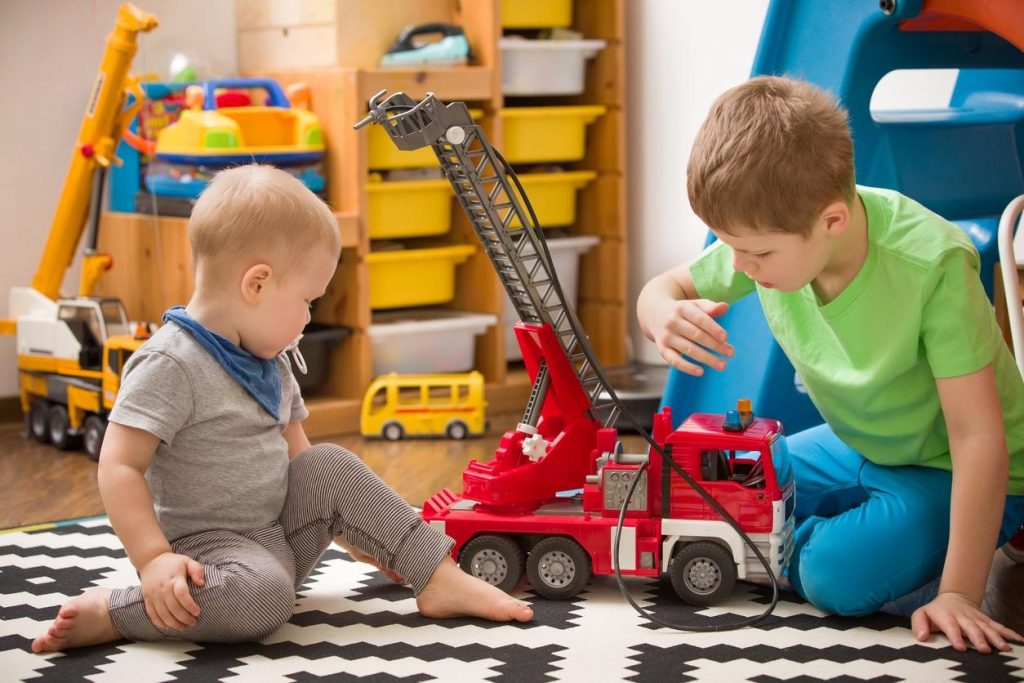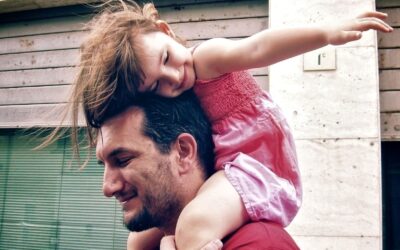Decide whether a care program with a mixed-age group is the right choice for your family
Selecting a child care environment can feel overwhelming at first. There are so many factors to consider – the quality of care, the physical environment, the activities and schedule, the personality of the caregiver, and the potential for personal growth and development, among other things. It can be challenging to prioritize what’s important to your family and your child’s future and difficult to find the perfect balance of all the above.
One of the advantages of enrolling your child in a caregiving environment involves the increased chances for social interaction, so the peer group your child will be a part of is another aspect worthy of consideration. Many family care homes look after a wide range of age groups, from infants to early elementary-age children, whereas others focus primarily on infants or toddlers and preschoolers. Consider the pros and cons of mixed-age groups in a child care environment, and decide which option is the most appropriate for your family.
Peer pressure
Early childhood encompasses a broad range of developmental phases. Children learn and grow at a remarkable pace from birth through five years old, and their capabilities and interests vary depending on age. There are disadvantages to a mixed-age group environment, such as:
- Activities. Quality child care allows your child to participate in engaging, educational, and entertaining activities that will stir their curiosity and encourage interest in new experiences. An infant needs naps, tummy time, and gentle play, whereas a preschooler will thrive with art, physical activities, and time spent outside. Ask a caregiver with mixed-age groups how they plan activities that support children at different developmental stages.
- Schedule. Infants have different biological needs than older children too. Babies have a drastically different schedule for sleeping, eating, and playing, and it may be difficult to focus attention on those schedule demands if older children are present. Conversely, can a caregiver who has a newborn to nurture accommodate the noise and action that an older child will enjoy?
- Environment. Safety is one of the most critical factors in feeling at ease with a child care provider. Are the toys, furniture, and baby-proofing efforts appropriate for all ages and stages of development? Is there room for infant essentials such as a bassinet as well as room for older children to engage in play?
Although the factors above seem like big hurdles to hop, there are a lot of underappreciated benefits involved in having your child cared for in a mixed-age group environment. The potential advantages to consider include but are not limited to:
- Social development. One of the most significant benefits of a mixed-age peer group is the connections formed between children. Younger children tend to admire their older peers and end up exploring play and activities that wouldn’t naturally happen at their own stage of development, inspiring greater acts of imagination or academic interests. Younger children may also learn to share, take turns, express emotions, assume responsibility, and practice advanced language skills at a more rapid pace. Older children have the chance to develop sensitivity toward younger or more vulnerable children and may assume a protective or nurturing role.
- Reduced competition. When there’s no direct competition among similar age groups, there’s less pressure or concern for children to conform to their peers’ skill level. Mixed-age groups allow children to decide where they fit in the group without comparing personal progress. A shy child may feel more comfortable playing with younger peers, and a more physically developed child may have more fun on the playground with older children. Mixed-age groups allow children to explore who they are in a more natural way.
- Continuity. In some child care programs, a child moves to a caretaker based on birthday or skill mastery. Remaining in a mixed-age environment gives a child more time to develop a sense of trust and comfort without the disruption that change can bring. It also provides the chance for siblings to stay together, which can ease anxiety in children and parents alike.
Choosing the right child care environment is largely dependent on the needs of your child and family. Being immersed in a mixed-age group can provide a supportive environment that also gently encourages your child to learn and grow. Evaluate the pros and cons of a mixed-age peer group, and decide which elements of the caregiving experience are the most important to your family.
The Virginia Infant & Toddler Specialist Network helps improve the quality of care for infants and toddlers through extensive resources, services, and education for caregivers. Learn more about how we can help you improve the standard of care.




